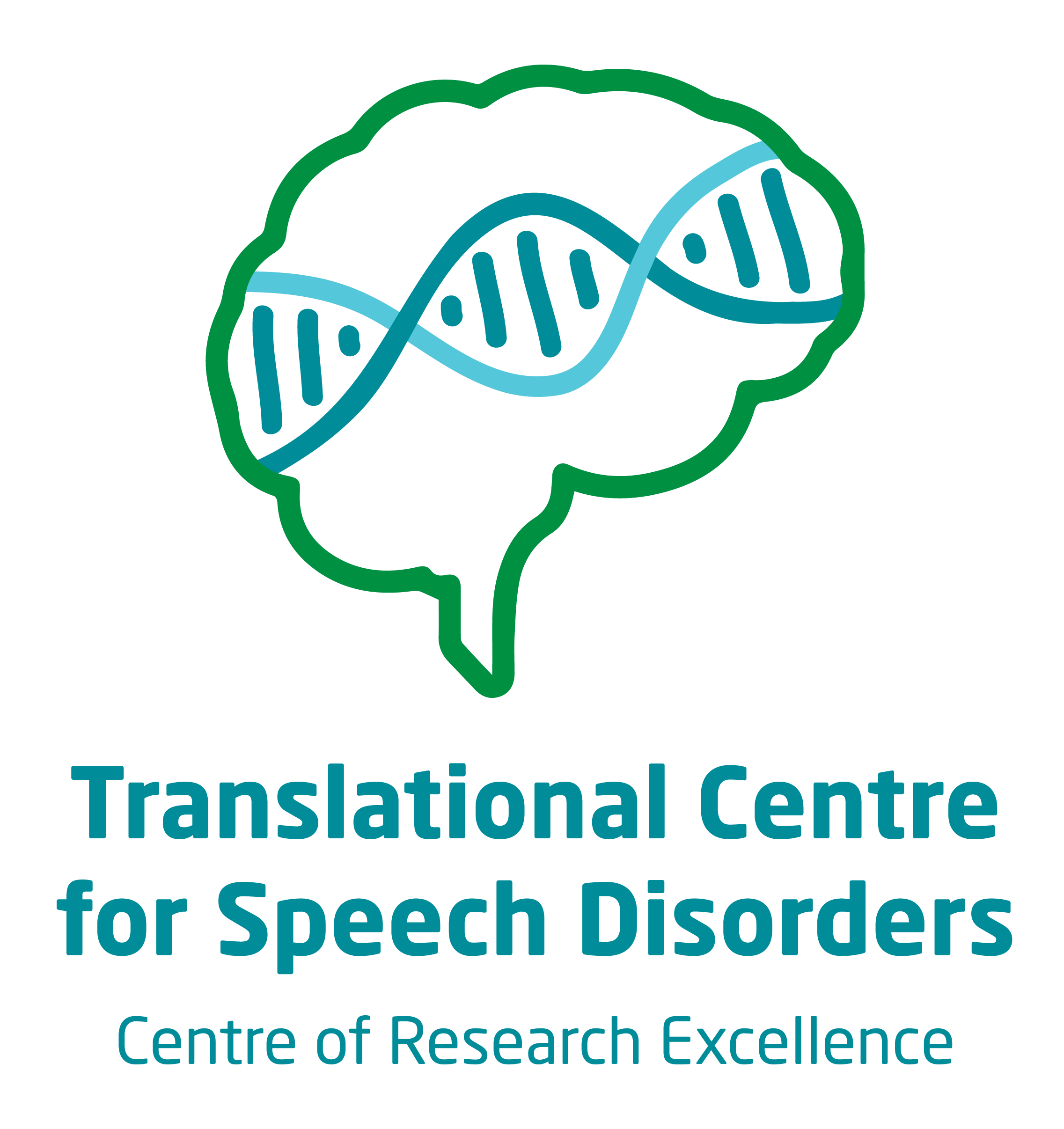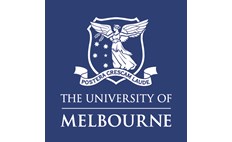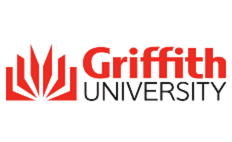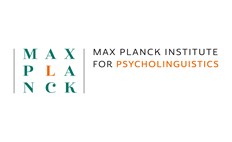Schinzel-Giedion syndrome
What is Schinzel-Giedion syndrome?
Schinzel-Giedion syndrome (SGS) is a rare genetic condition which causes neurodegeneration.1 SGS is an autosomal dominant genetic condition. Autosomal dominant means that an individual needs a variant in one copy of the gene. In the case of SGS, individuals have a gain-of-fuction variant in the SETBP1 gene. This gain-of-function variant causes too much of the SETBP1 protein to be produced.2
Loss-of-function variants in the SETBP1 gene cause SETBP1 haploinsufficency disorder.3,4
Currently, there are no available treatments available for SGS. Most children with SGS pass away in the first decade of life.1
Further information and support
- For information on speech and language abilities and SGS, please see our Fact Sheet
- For a Plain Language Summary of our recent research on SGS, please see our Plain Language Summary
- The Schinzel-Giedion Syndrome Foundation - a charity / non-profit patient advocacy organisation: https://sgsfoundation.org/
- Closed Family Support Group on Facebook: https://www.facebook.com/groups/46580394354
- More information on AAC: AAC Fact Sheet
Contact
For further information, do get in touch with the CRE Speech and Language team at:
Email: geneticsofspeech@mcri.edu.au
Phone: (03) 9936 6334
Frequently asked questions
- Epilepsy: individuals experience seizures which are difficult to control with medication.1,2,5
- Vision and hearing: individuals with SGS often have severe visual and hearing impairments.1,2,5
- Motor disorders: many individuals have limited fine and gross motor skills, requiring assistance to move around (e.g., a wheelchair).1,2,5
- Feeding difficulties: individuals often requiring enteral feeding (e.g., a G-tube).1,2,5
- Intellectual disability: individuals usually have severe to profound intellectual disability and experience neurodegeneration, which may be referred to as childhood dementia.1,2,5-7
- Urogenital abnormalities: kidney and genital abnormalities are also seen in children with SGS.1,2,5
- Respiratory tract issues and infections (e.g., pneumonias).1,2,5
- Recurrent infections (e.g., urinary tract infections).1,2,5
- Some individuals with SGS have cancer.1,2,5
Children with SGS do not learn to speak, and typically use behaviours like facial expression, crying, and eye-contact to communicate, which are interpreted by communication partners like their parents. Regardless of an individual’s age, language skills are similar to typically developing children younger than 3 months of age. 5
In relation to early language skills, some parents of children with SGS report that their child can look when they hear a voice or someone waves, makes sounds to get attention, and cry and fuss when they are uncomfortable.5
A few parents of children with SGS report that their child can respond to tone of voice, understand a few basic gestures, babble and make sounds or gestures.5
SGS causes neurodegeneration, but it is not yet known how communication skills change overtime in children with SGS.6 Some parents of children with SGS report loss of communication skills, including losing the ability to smile, hum and vocalise. For most children with SGS, parents report fluctuating communication skills depending on seizure frequency and severity, and presence of other health concerns.5
There is no research on speech and language interventions that are specifically designed for individuals with SGS. At present, an individualised approach should be taken to assessment and management to ensure therapies are tailored to and optimised for each child.
Due to multiple, co-occurring medical features associated with SGS, it is important that these needs are considered when providing therapy. Likewise, vision and hearing impairment should be considered when communicating with individuals with SGS. For example, using tangible symbols and touch to support communication. Some children with SGS learn to use switches to trigger a cause and effect.
To support families as communication changes overtime, caregivers and support people around the child should be provided with communication partner training.8 Communication partner training is frequently used in adult dementias, and may include strategies such as attending to non-verbal communication (e.g., facial expressions).
Likewise, environmental supports should be considered to support an individual’s understanding (receptive language), reduce disorientation, and support social connection with others.9 Environmental supports should also consider vision and hearing impairments as core features of SGS. For instance, using a combination of visual, auditory and tactile cues to communicate changes to routine, or reducing background noise.
References
References
- Duis J, van Bon, B, W. (2024) Schinzel-Giedion Syndrome. GeneReviews.
- Hoischen, A., van Bon, B. W., Gilissen, C., Arts, P., van Lier, B., Steehouwer, M., ... & Veltman, J. A. (2010). De novo mutations of SETBP1 cause Schinzel-Giedion syndrome. Nature genetics, 42(6), 483-485.
- Jansen, N. A., Braden, R. O., Srivastava, S., Otness, E. F., Lesca, G., Rossi, M., ... & Van Bon, B. W. (2021). Clinical delineation of SETBP1 haploinsufficiency disorder. European Journal of Human Genetics, 29(8), 1198-1205.
- Morgan, A., Braden, R., Wong, M. M., Colin, E., Amor, D., Liégeois, F., ... & Van Bon, B. W. (2021). Speech and language deficits are central to SETBP1 haploinsufficiency disorder. European Journal of Human Genetics, 29(8), 1216-1225.
- Morison, L. D., Summerfield, N., Bradley, D., van Bon, B. W., & Morgan, A. T. (2025). Schinzel-Giedion syndrome: communication, feeding and motor skills in 16 individuals. Neurogenetics, 26, 64, 1-13. https://doi.org/10.1007/s10048-025-00846-3
- Elvidge, K. L, et al. (2023). The collective burden of childhood dementia: a scoping review. Brain, 146(11), 4446-4455.
- Banfi, F., Rubio, A., Zaghi, M., Massimino, L., Fagnocchi, G., Bellini, E., ... & Sessa, A. (2021). SETBP1 accumulation induces P53 inhibition and genotoxic stress in neural progenitors underlying neurodegeneration in Schinzel-Giedion syndrome. Nature communications, 12(1), 4050.
- Folder, N., Power, E., Rietdijk, R., Christensen, I., Togher, L., & Parker, D. (2024). The effectiveness and characteristics of communication partner training programs for families of people with dementia: A systematic review. The Gerontologist, 64(4), gnad095.
- de Azevedo, M. C. D., Charchat-Fichman, H., & Damazio, V. M. M. (2021). Environmental interventions to support orientation and social engagement of people with Alzheimer's disease. Dementia & neuropsychologia, 15(4), 510–523.






